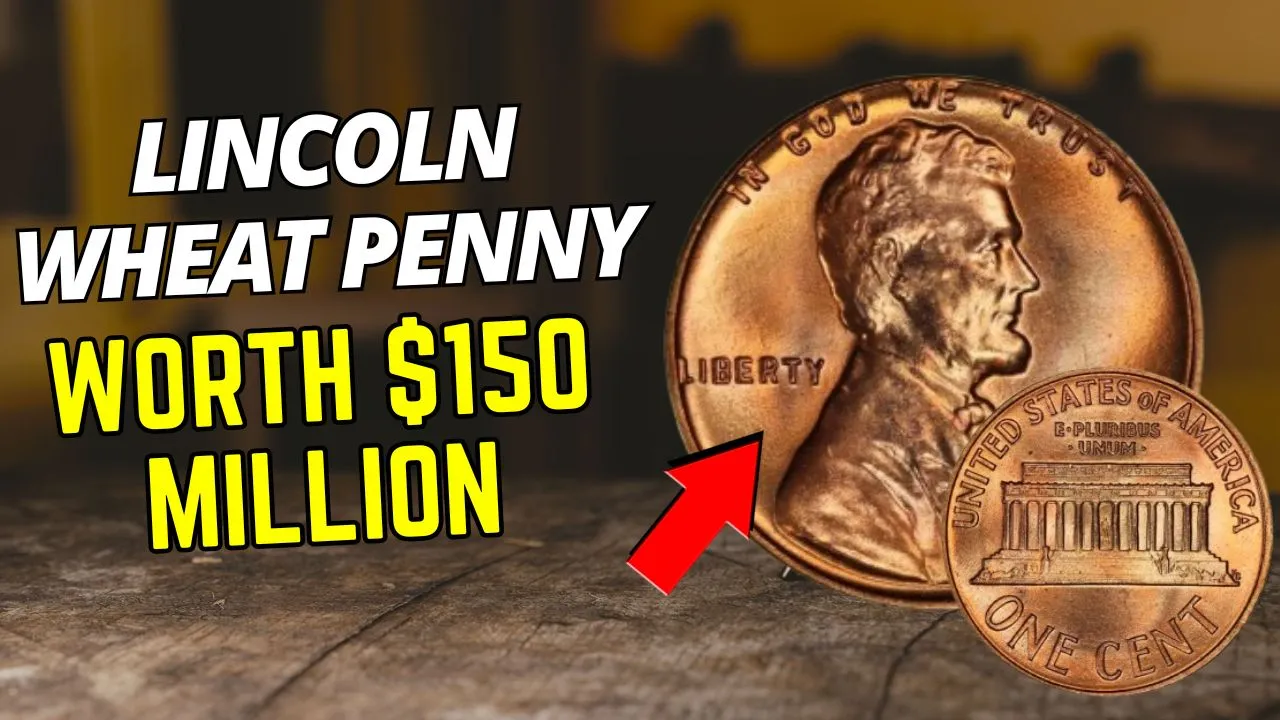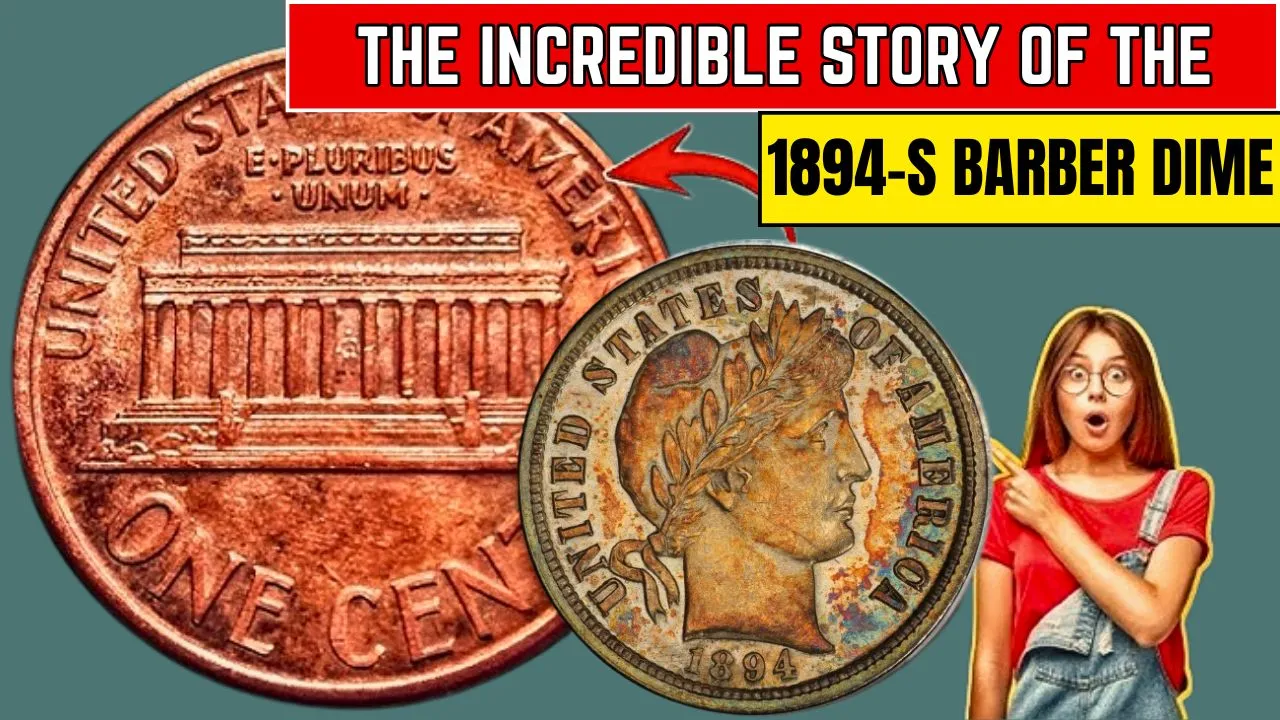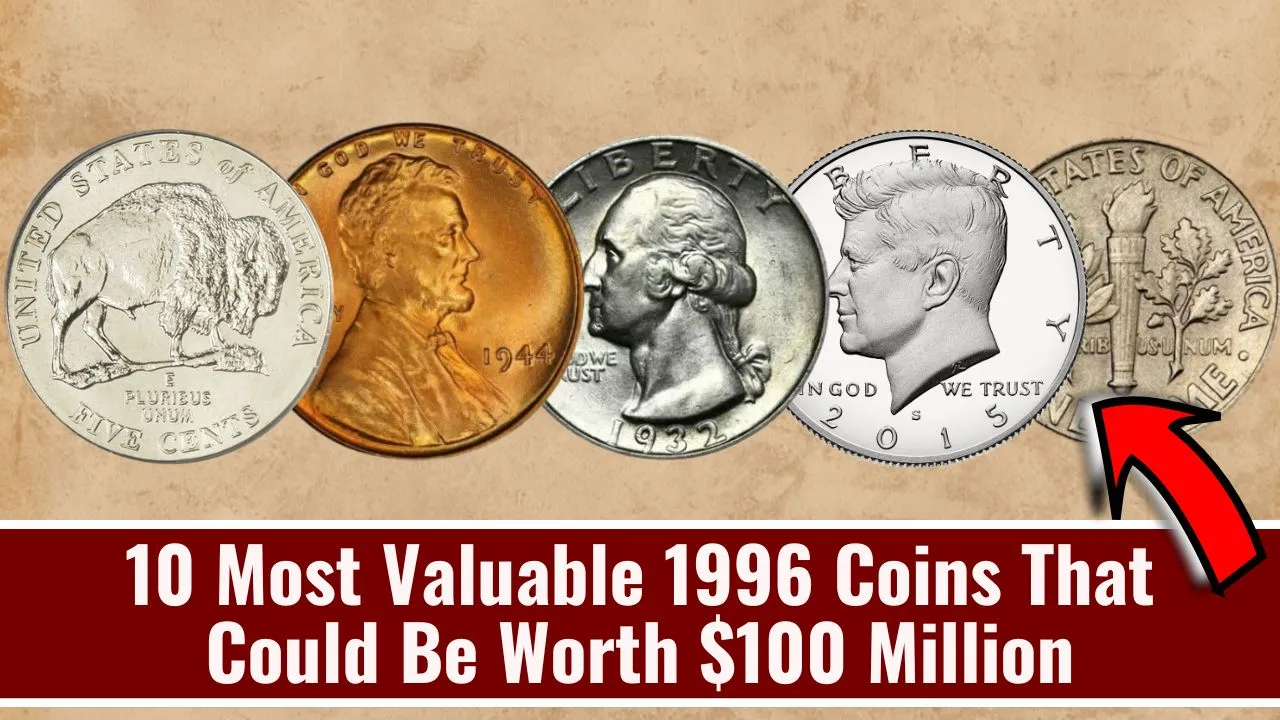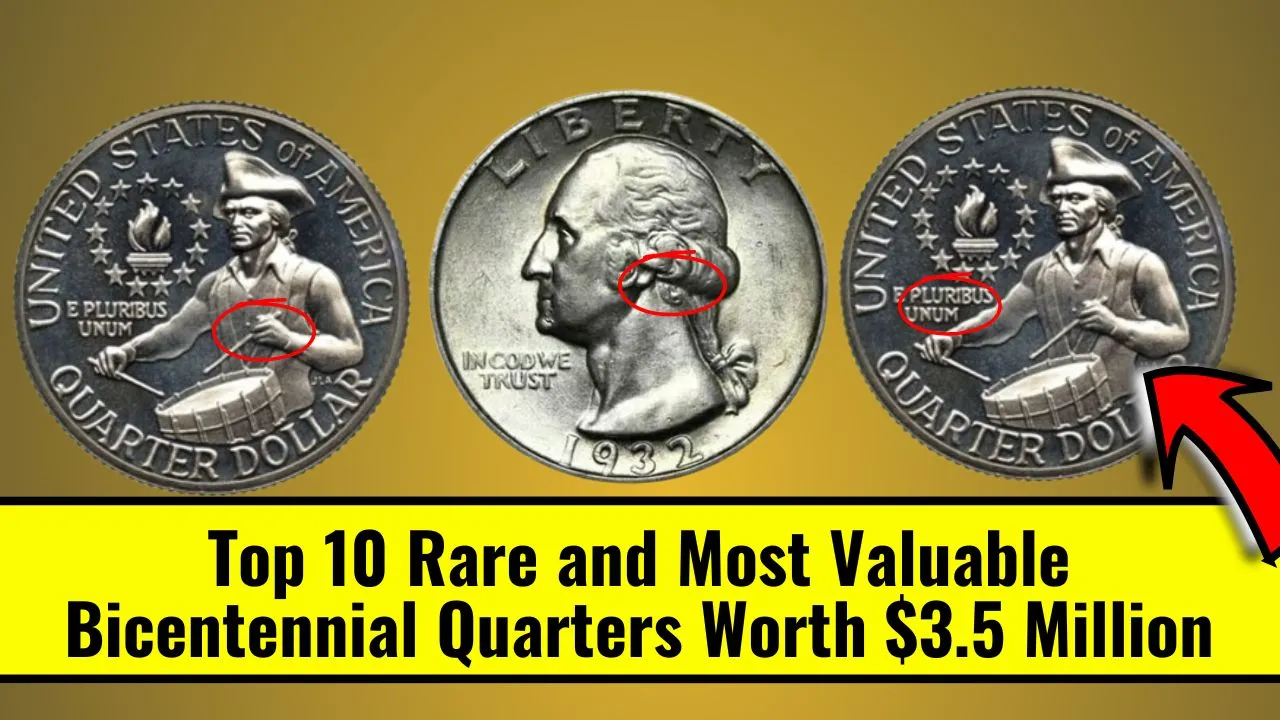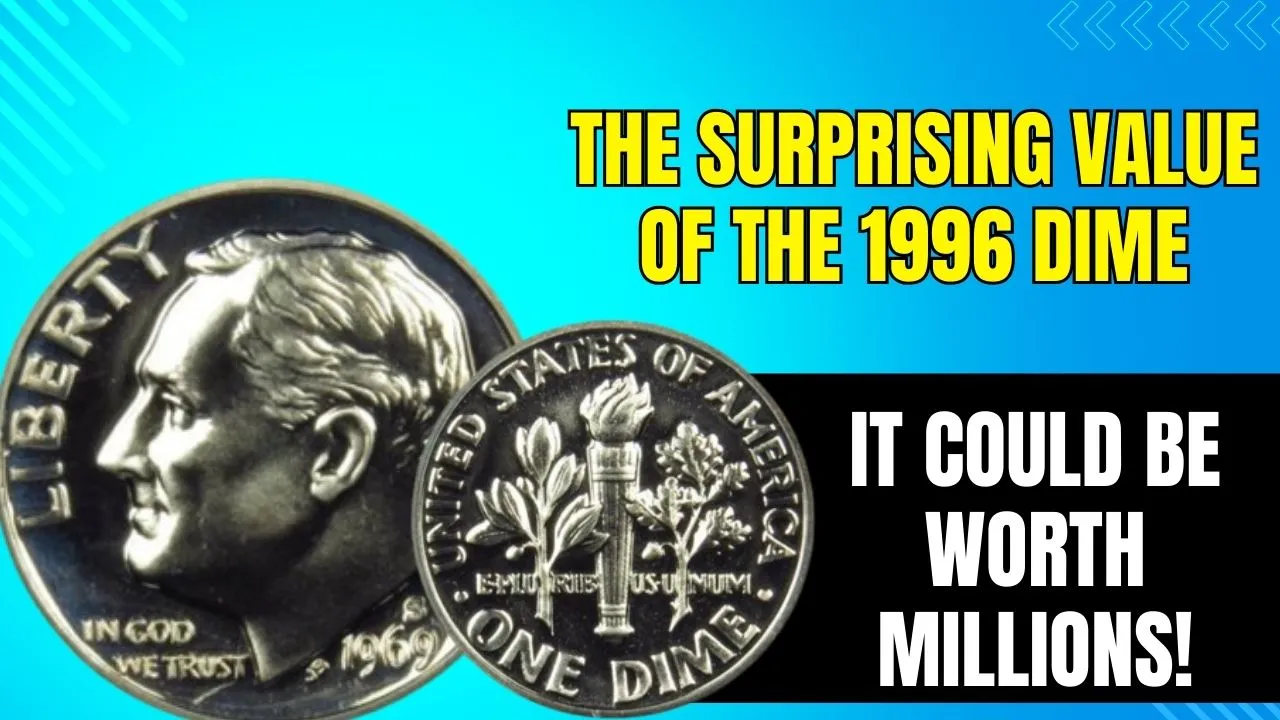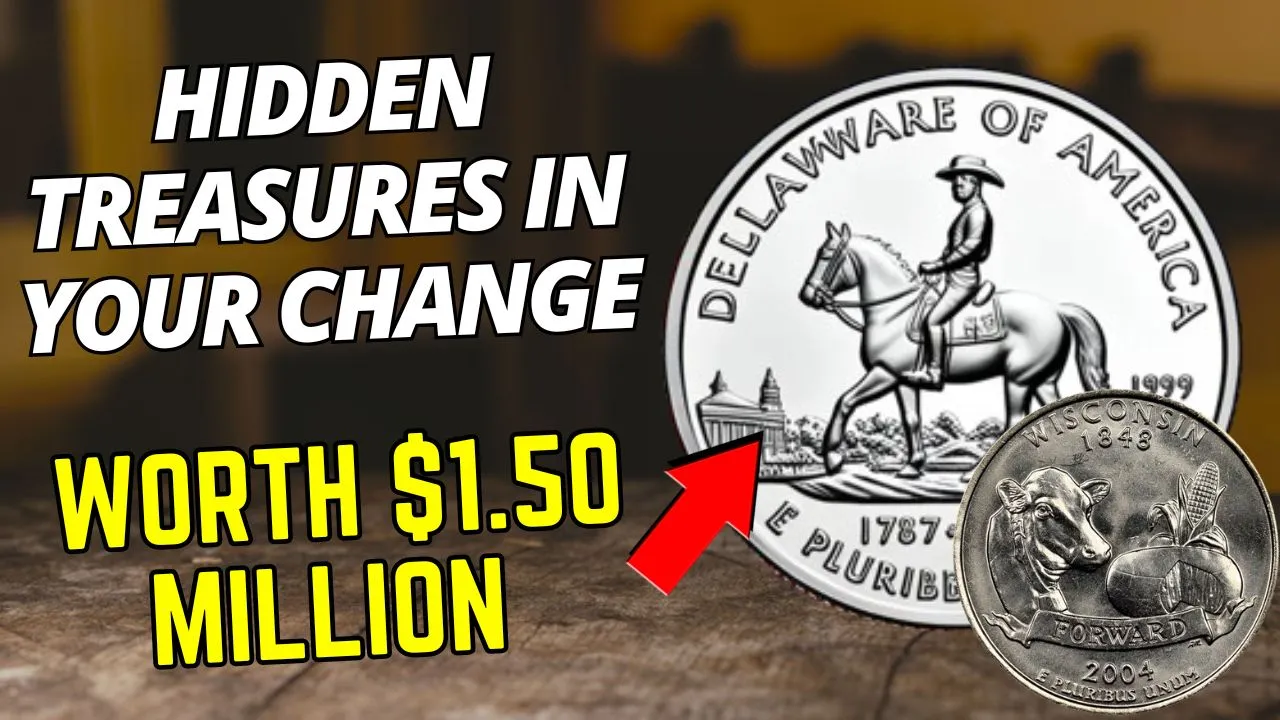Lincoln Wheat Penny: The Lincoln Wheat Penny has become a symbol of history, mystery, and treasure hunting. With stories circulating about a $150 million Lincoln Wheat Penny still being out there, it’s no wonder collectors and casual enthusiasts alike are eagerly checking their spare change. While the idea of such a highly valued penny might sound like a myth, there’s no denying that certain Lincoln Wheat Pennies have fetched jaw-dropping prices at auctions, with some reaching values over $1.7 million.
In this article, we’ll dive into the fascinating world of the Lincoln Wheat Penny, exploring its historical significance, key features, rare editions, and what makes some of these coins worth a small fortune. Whether you’re a dedicated coin collector or someone who just found an old penny in their pocket, this guide will help you uncover the secrets behind one of America’s most iconic coins.
Overview of the Lincoln Wheat Penny
| Key Details | Information |
| First Issued | 1909 |
| Designer | Victor David Brenner |
| Obverse Design | Portrait of Abraham Lincoln |
| Reverse Design | Two Wheat Stalks with “ONE CENT” and “UNITED STATES OF AMERICA” |
| Most Valuable Coin | 1943 Bronze Penny |
| Notable Rare Coins | 1909-S VDB, 1914-D, 1922 No D |
| Maximum Known Sale Price | Over $1.7 Million |
| Rarity Factors | Date, Mint Mark, Condition, Errors |
The Story Behind the Lincoln Wheat Penny
The Lincoln Wheat Penny was first introduced in 1909 to commemorate the 100th anniversary of Abraham Lincoln’s birth. It was a groundbreaking design because it was the first U.S. coin to feature the portrait of a real person instead of symbolic figures.
Designed by Victor David Brenner, the coin featured a dignified portrait of Abraham Lincoln on the obverse side, while the reverse displayed two simple yet elegant wheat stalks framing the words “ONE CENT” and “UNITED STATES OF AMERICA.” This design wasn’t just aesthetically pleasing—it carried a message of resilience, growth, and prosperity.
The Lincoln Wheat Penny remained in circulation until 1958, leaving behind a legacy that still captivates coin collectors today.
Rare Lincoln Wheat Pennies and Their Value
Not every Lincoln Wheat Penny is valuable, but certain rare editions have become treasures in the world of coin collecting. Here are some of the most sought-after varieties:
1. 1909-S VDB Penny
- Only 484,000 were ever minted.
- The “S” indicates it was minted in San Francisco, and “VDB” are the designer’s initials.
- In mint condition, these pennies can fetch tens of thousands of dollars.
2. 1914-D Penny
- Minted in Denver with just over 1 million coins produced.
- Its rarity and historical importance make it a favorite among collectors.
3. 1922 No D Penny
- During minting in Denver, some coins were struck without a mint mark due to worn dies.
- These error coins are incredibly rare and valuable.
4. 1943 Bronze Penny
- During World War II, pennies were made from zinc-coated steel to save copper for the war effort.
- However, a few bronze blanks accidentally made their way into the minting process.
- These rare coins have been known to sell for over $1.7 million at auctions.
Each of these coins has a unique story, making them not just rare pieces of metal but fragments of history.
Why Some Lincoln Wheat Pennies Are Worth a Fortune
The value of a Lincoln Wheat Penny isn’t just about its age. Several factors contribute to a penny’s worth:
- Rarity: Fewer coins produced or special minting errors increase demand.
- Condition: Pennies in mint state (uncirculated) condition fetch significantly higher prices.
- Mint Mark: Coins minted in San Francisco (S) or Denver (D) often carry more value.
- Historical Importance: Coins tied to significant events often become collector favorites.
If you believe you have a valuable Lincoln Wheat Penny, it’s wise to have it graded by professionals like PCGS (Professional Coin Grading Service) or NGC (Numismatic Guaranty Corporation).
The Truth About the $150 Million Lincoln Wheat Penny
The story of a $150 million Lincoln Wheat Penny might sound thrilling, but unfortunately, it remains more legend than fact. To date, no penny has ever sold for such a price. However, pennies like the 1943 Bronze Wheat Penny have sold for over $1.7 million, and other rare varieties continue to break records at auctions.
This urban legend serves as a reminder of how fascinating and valuable these small copper coins can be.
How to Spot a Valuable Lincoln Wheat Penny
Finding a valuable Lincoln Wheat Penny is all about knowing what to look for. Here are some tips:
- Examine the Date: Look for key years like 1909-S VDB, 1914-D, and 1922 No D.
- Check the Mint Mark: The mint mark is located below the date. Coins from San Francisco (S) or Denver (D) can be more valuable.
- Search for Errors: Look for double strikes, missing marks, or other minting errors.
- Use a Magnet: A 1943 steel penny will stick to a magnet, but a rare 1943 bronze penny will not.
The Legacy of the Lincoln Wheat Penny
Beyond their monetary value, Lincoln Wheat Pennies hold a special place in American history. These coins circulated through monumental events, including World War I, World War II, and the Great Depression.
Every penny tells a story—of the hands it passed through and the history it witnessed.
A Thriving Collectors’ Community
Today, coin collecting isn’t just a hobby; it’s a thriving community. Enthusiasts gather at conventions, participate in online forums, and bid on rare finds at auctions. The Lincoln Wheat Penny remains one of the most beloved coins among collectors.
Whether you’re a seasoned collector or just starting, the thrill of finding a rare penny is what keeps the passion alive.
Final Thoughts
While the idea of a $150 million Lincoln Wheat Penny might remain a myth, the reality is that some of these coins are worth substantial amounts. The value isn’t just in their price tags but in their historical significance and the stories they carry.
Next time you receive a penny in your change, take a moment to inspect it—you might just be holding a treasure in your hand.
Start your coin-hunting adventure today and share your discoveries in the comments below! Happy collecting!

